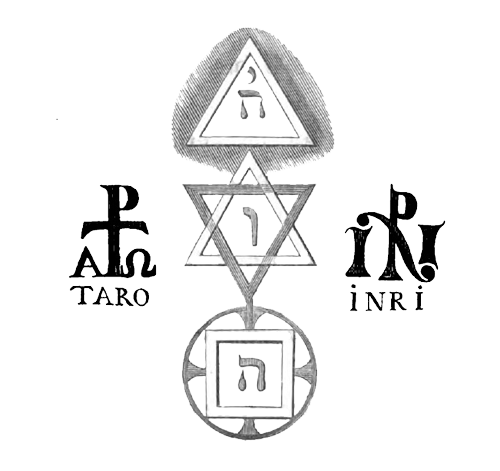- Joined
- Jul 10, 2022
- Messages
- 928
- Reaction score
- 2,049
- Awards
- 12
I’ve read Levi’s Transcendental Magic a number of times since I was a kid, and every time I come away with something that didn’t excite my awareness as much as I did before, or I just blazed past it in my greed to get to some kind of pre-determined point. This quote over the past year has given me pause to ponder:
“The word ART when reversed, or read after the manner of sacred and primitive characters from right to left, gives three initials which express the different grades of the Great Work. T signifies triad, theory and travail; R, realization; A, adaptation.”
That’s from his chapter in the Doctrine section entitled The Great Work.
Care to share your thoughts and feelings on this quote?
“The word ART when reversed, or read after the manner of sacred and primitive characters from right to left, gives three initials which express the different grades of the Great Work. T signifies triad, theory and travail; R, realization; A, adaptation.”
That’s from his chapter in the Doctrine section entitled The Great Work.
Care to share your thoughts and feelings on this quote?


